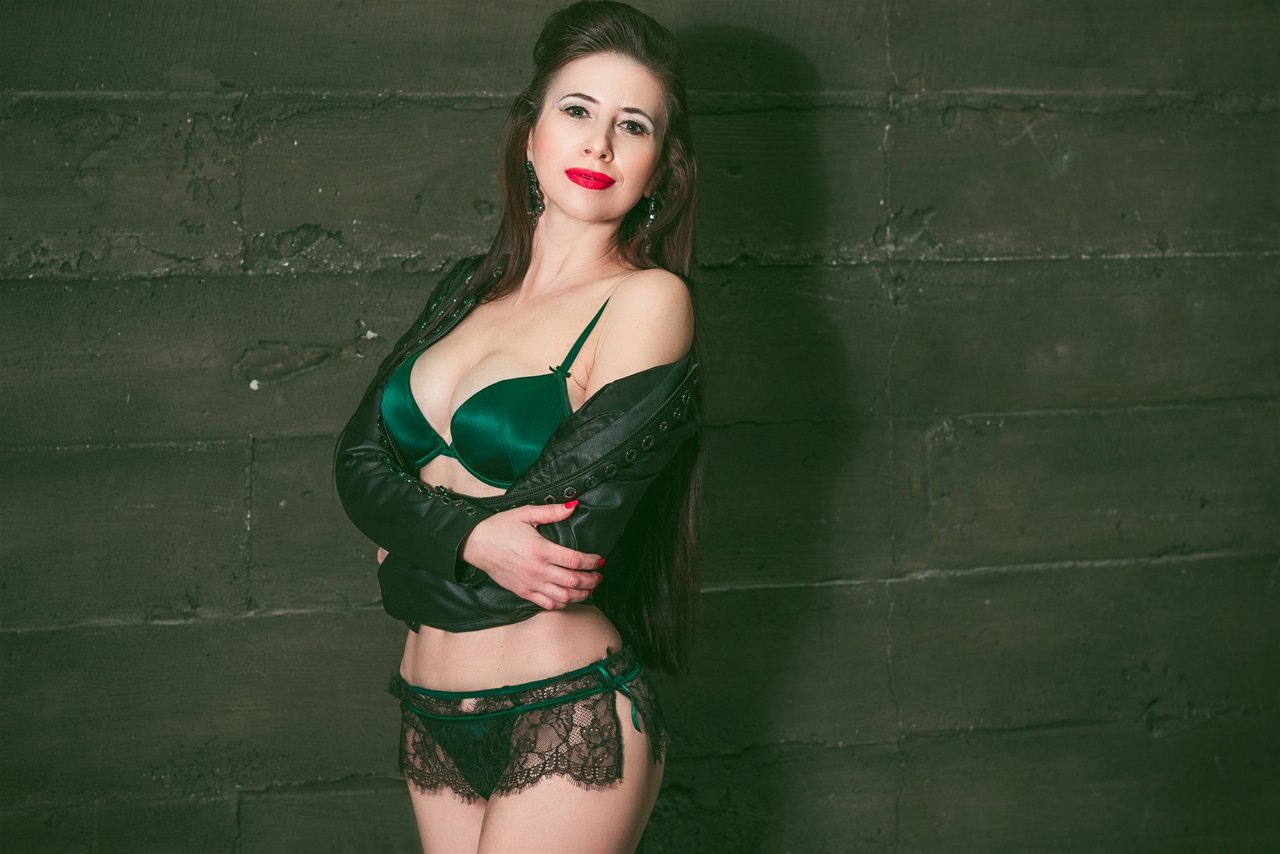Questioning Sexuality: Sorting Through Uncertainty and Self-Discovery
The moment you begin questioning your sexuality, everything can feel both hopeful and terrifying. It’s easy to feel lost—especially as a woman, or someone on the gender spectrum—when attraction swirls with confusion. Identity confusion isn’t just an abstract buzzword; it’s a gut punch, especially when you wonder, “Am I really attracted to women?” or “Is this just a phase?” The uncertainty isn’t a flaw. Most people who start questioning sexuality are absorbing signals from a world shaped by heteronormativity. Growing up, compulsory heterosexuality (comphet) teaches us to expect certain things: crushes on boys for girls, and vice versa. Wondering if you’re bisexual or lesbian is a sign of courage, not indecision.
Sometimes, you’ll notice patterns—a lack of genuine excitement with men, strong emotional or physical attraction to women, curiosity about bi-curious relationships, or just a gnawing ache that your authentic self is missing. You’re not alone in this. Questioning your sexual orientation is deeply personal. It can take weeks or years. Pressure will come from all corners: friends, partners, family, even your inner voice whispering doubt. That pressure can make it tempting to rush, to slap a label on and move forward, but there’s no race here. You get to take your time on this journey of self-discovery. Every question you ask about sexuality moves you closer to answers that feel right for you, not anyone else.
If you catch yourself asking, “How to know if I’m bisexual?” or “How to know if I’m lesbian?”—remember this: Your uncertainty is as valid as anyone’s certainty. There’s no map, but you have the right to wander. Exploring, doubting, and re-examining are all part of the process. Let yourself be curious. You don’t have to choose a label before you’re ready—or ever. Follow your heart and trust your questions; they’ll lead you home.
Differences Between Lesbian and Bisexual: Beyond the Labels
Getting clear on the differences between lesbian vs bisexual isn’t always black and white. For some, understanding the nuances of attraction to women and attraction to men is the only way to cut through years of mixed signals and stereotypes. When it comes to “what is bisexuality,” at its simplest, bisexual women are attracted to more than one gender—most often, both women and men. In contrast, a lesbian is a woman (or nonbinary person comfortable with the term) attracted exclusively to women.
Stereotypes cloud everything. Some assume bisexual women are always “halfway out of the closet” or indecisive; others believe being a lesbian means total disinterest in men, ever, without exception. The reality is more textured. The gender spectrum complicates older black-and-white definitions. Labels like pansexual or queer identities allow for attraction across and outside the binary.
The differences between lesbian and bisexual also fold in lived experience: past crushes, societal pressure, and internalized stigma. Many struggle with picking a “side,” worried about not fitting neatly anywhere. The truth? The right label is whatever feels authentic—whether you pick “bisexual,” “lesbian,” “queer,” or no label at all. You don’t owe anyone a perfect summary or proof. Just like identity itself, the importance of labels is deeply personal and always evolving.
Lesbian Masterdoc: Unpacking Compulsory Heterosexuality and More
The “lesbian masterdoc” isn’t just a meme—it's a touchstone for anyone wrestling with sexuality confusion, especially in the shadow of comphet. Originally created as a resource to help women and nonbinary people untangle learned attraction from real romantic or sexual feelings for men, the lesbian masterdoc offers clear, honest questions and scenarios. If you catch yourself wondering why dating men never felt right, or if your “attraction” to men feels more like acting or obligation, the doc is a wake-up call.
This resource shines especially bright for those questioning identity and looking for concrete “signs of being a lesbian.” It walks you through questions like, “Do you genuinely desire men, or have you always assumed you should?” or “Does your interest in women feel deeper and more honest than anything with men?” The masterdoc encourages step-by-step introspection—sitting with uncomfortable truths, noticing patterns, and being real with yourself as you reflect.
“How to know if I’m lesbian” isn’t a simple checklist, but tools like the masterdoc provide structure that makes the fog of self-doubt a little less thick. It’s not the authority on your life—you are. But using introspective tools helps ground gut feelings in language you can finally trust. The most important rule? Be honest, even if the honest answer isn’t what you expected.


